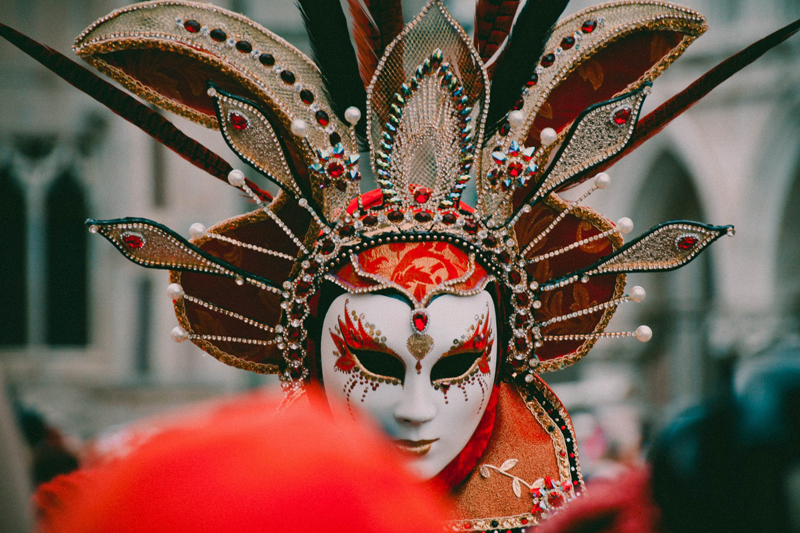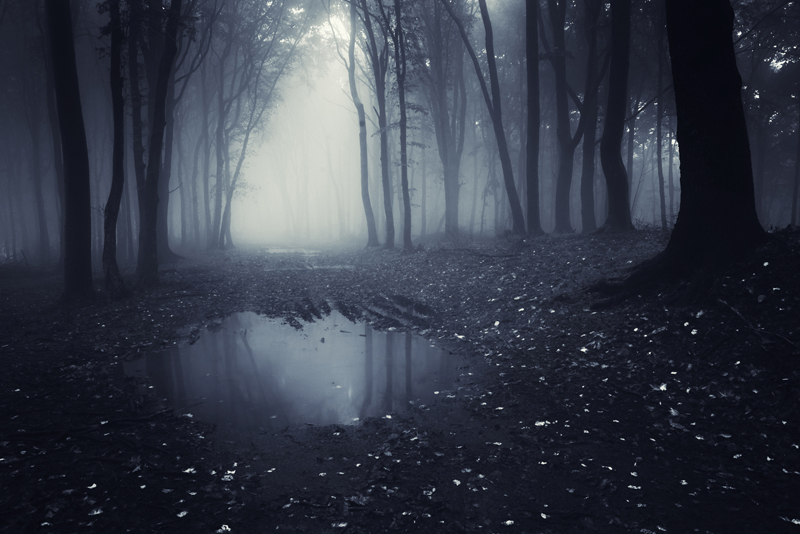Downton Abbey Dresses

One of the great delights of the new PBS costume drama Downton Abbey is the evening gowns. The Countess of Grantham and her three daughters are beautifully attired for dinner every night. Beautiful satins covered with diaphanous chiffon, lace, or net adorned with embroidery, jewels, even precious metal sequins form the materials of these walking works of art. A great departure from the gowns of the previous Edwardian period, the evening gowns typical of the 1910s are elegantly simple but nonetheless fabulous.
The truly interesting thing about the gowns of this time period – gowns designed by such famous names a Lanvin, Poiret, Vionnet and Lucille – is that they are all variations on the same theme. These gowns invariably consist of a satin underdress with a boned bodice, most often sleeveless or with simple shoulder straps, with an attached slim skirt, both fastening at center back with hooks and eyes. Over this is draped an overdress or tunic and this is where the great variation in style appears. The overdress is typically a see-through fabric such as silk net or chiffon. Sometimes it is cut to fit closely over the satin undergown. But more often than not, it is draped over the undergown and the unique properties of the sheer fabric allowed to display. The history books tell us that this was the invention of Paul Poiret – a designer who famously could not sew so he designed by draping fabric on a mannequin. However, the history books also tell us that Poiret was a consummate self-promoter and many of his contemporaries were draping instead of drafting at the same time.
Another characteristic of this gown style is the decoration of the sheer fabric. Gemstones, glass beads, and metal or silk embroidery were added to the chiffon or net until it was literally dripping with ornamentation. Hems were weighted with lead shot so they wouldn’t flop about unbecomingly. Many of the gowns of this type have not survived the years because the heavy decoration tore the delicate material and it has since disintegrated.
A third distinctive mark of the gowns of this period is the Directoire waist. The elevated waistline harks back to the turn of the previous century when the women of France sought a new style of dressing to reflect the new governance of their country. The high waistline of the 1910s, however, is not the same as that of the 1790s. The surviving examples of this style of gown show us that, although the apparent waistline of the gown was raised, the boned bodice of the undergown was still at the natural level and the undergown bodice carried well below the natural waist in order to preserve the smooth figure desired.
Poiret claimed to have “thrown away the corset” when he “invented” this style, but this is not entirely true. However, the corset did change irrevocably. Instead of focusing on reduction of the waist, the emphasis became control of the hips. So the corsets of the 1910s became longer and more columnar in shape. Some didn’t cover the bosom at all but continued well down onto the thighs.
Creating your own Downton Abbey style evening gowns can be as simple as making a tight-fitting dress out of satin and then draping beaded bridal netting or chiffon as a second layer over the satin underlayer. Of course, you can't forget to add gloves and a fabulous hat.
You can get patterns for 1910s dresses and suits to make your own Downton Abbey wardrobe from this company.
The truly interesting thing about the gowns of this time period – gowns designed by such famous names a Lanvin, Poiret, Vionnet and Lucille – is that they are all variations on the same theme. These gowns invariably consist of a satin underdress with a boned bodice, most often sleeveless or with simple shoulder straps, with an attached slim skirt, both fastening at center back with hooks and eyes. Over this is draped an overdress or tunic and this is where the great variation in style appears. The overdress is typically a see-through fabric such as silk net or chiffon. Sometimes it is cut to fit closely over the satin undergown. But more often than not, it is draped over the undergown and the unique properties of the sheer fabric allowed to display. The history books tell us that this was the invention of Paul Poiret – a designer who famously could not sew so he designed by draping fabric on a mannequin. However, the history books also tell us that Poiret was a consummate self-promoter and many of his contemporaries were draping instead of drafting at the same time.
Another characteristic of this gown style is the decoration of the sheer fabric. Gemstones, glass beads, and metal or silk embroidery were added to the chiffon or net until it was literally dripping with ornamentation. Hems were weighted with lead shot so they wouldn’t flop about unbecomingly. Many of the gowns of this type have not survived the years because the heavy decoration tore the delicate material and it has since disintegrated.
A third distinctive mark of the gowns of this period is the Directoire waist. The elevated waistline harks back to the turn of the previous century when the women of France sought a new style of dressing to reflect the new governance of their country. The high waistline of the 1910s, however, is not the same as that of the 1790s. The surviving examples of this style of gown show us that, although the apparent waistline of the gown was raised, the boned bodice of the undergown was still at the natural level and the undergown bodice carried well below the natural waist in order to preserve the smooth figure desired.
Poiret claimed to have “thrown away the corset” when he “invented” this style, but this is not entirely true. However, the corset did change irrevocably. Instead of focusing on reduction of the waist, the emphasis became control of the hips. So the corsets of the 1910s became longer and more columnar in shape. Some didn’t cover the bosom at all but continued well down onto the thighs.
Creating your own Downton Abbey style evening gowns can be as simple as making a tight-fitting dress out of satin and then draping beaded bridal netting or chiffon as a second layer over the satin underlayer. Of course, you can't forget to add gloves and a fabulous hat.
You can get patterns for 1910s dresses and suits to make your own Downton Abbey wardrobe from this company.

Related Articles
Editor's Picks Articles
Top Ten Articles
Previous Features
Site Map
Content copyright © 2023 by Kass McGann. All rights reserved.
This content was written by Kass McGann. If you wish to use this content in any manner, you need written permission. Contact Brandi Ford for details.





